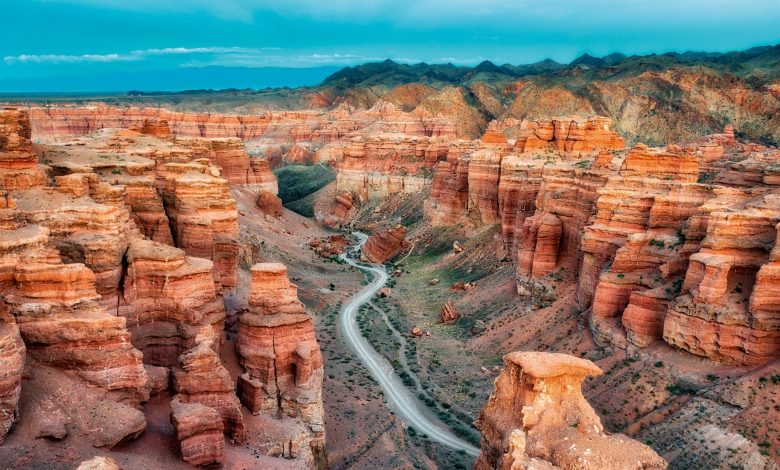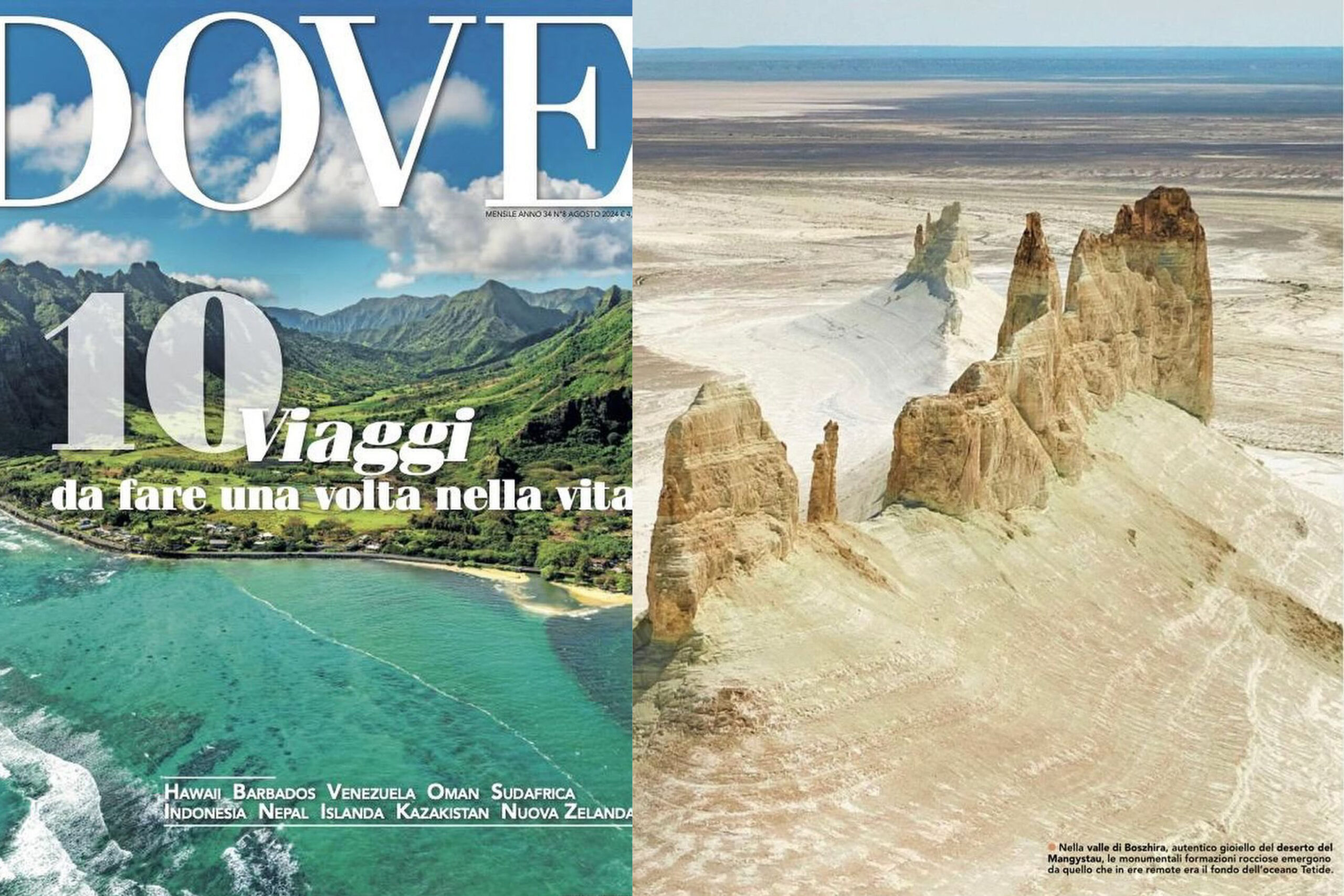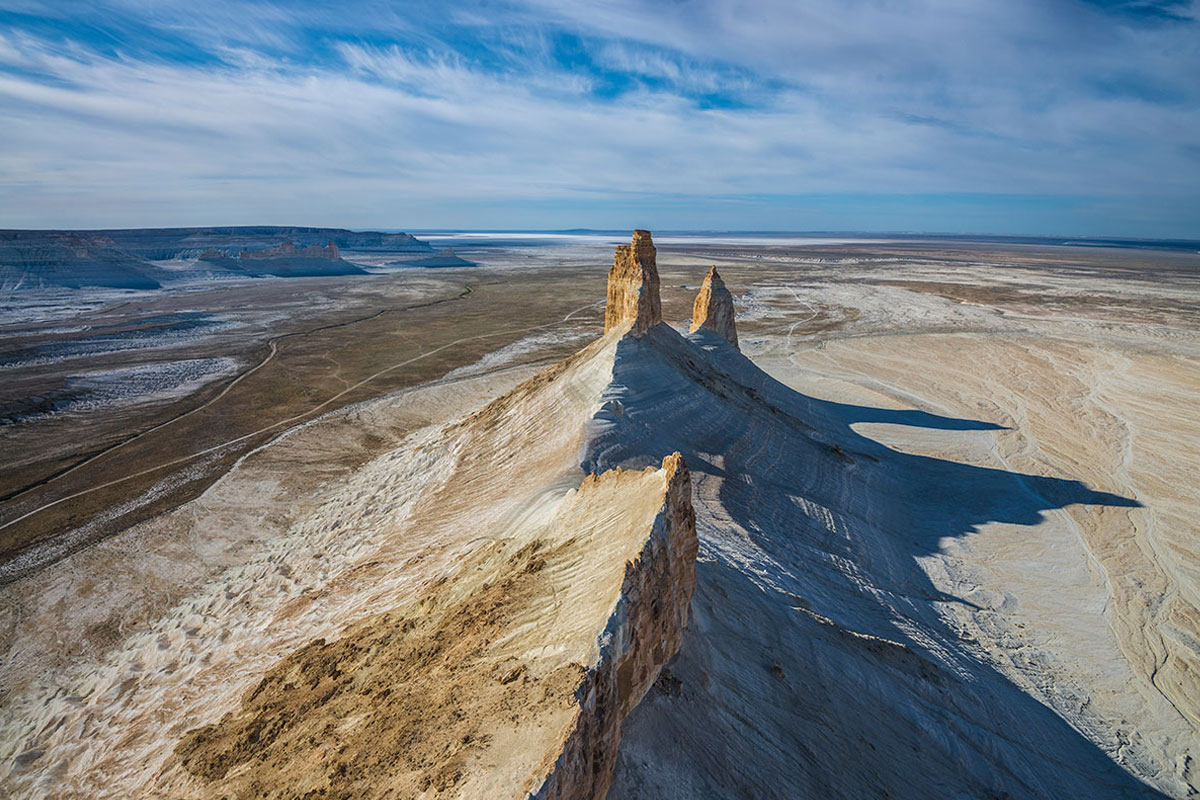Kazakhstan Among Top 10 Lifetime Destinations by Italian Dove Travel Magazine

ASTANA – Italian Dove travel magazine, one of the leading publications in the field of tourism, has included Kazakhstan in the list of the 10 best destinations to visit at least once in a lifetime, announced Kazakh Tourism national company on July 29.

Photo credit: Dove
“Inclusion in this prestigious list is a testament to Kazakhstan’s rich culture and amazing nature, as well as the high level of recognition of the country’s tourism potential,” reads the announcement.
Kazakhstan appeared on the list along with Barbados, Hawaii, Iceland, Indonesia, Nepal, New Zealand, Oman, and South Africa.
Among the locations that might appeal to a global traveler, the magazine mentions Almaty city, Saty village with nearby Kolsai and Kaiyndy lakes, Charyn canyon, and the Mangystau Region, recognized for its impressive ancient rock formations.
Southeast Kazakhstan
Famed for its location by the Alatau mountains and as the birthplace of the apple, Almaty is an ideal city getaway with its comfortable sidewalks, parks, and Western-style cafés and restaurants.
Located around 200 kilometers from Almaty, Charyn canyon is another place to visit, as Dove compares its landscape to “a set of a Western movie.” Along the valley of the Charyn river, the canyon is praised for its monumental complex of rocks dating back over 12 million years. The height of the steep rocks reaches 150-300 meters.

Charyn canyon. Photo credit: nationalgeographic.com
The canyon is part of Charyn National Park, established in 2004, which is a home to a large number of rare and endangered flora and fauna, including the Sogdian ash tree that existed back in the Paleogene era.
As the sun dips below the horizon, the Charyn canyon is bathed in scarlet, pink, and orange hues. This breathtaking spectacle is sure to captivate anyone who witnesses it.
Other mentions from the region include Kolsai and Kaiyndy lakes near Saty village of the Almaty Region, 300 kilometers away from Almaty. Kolsai and Kaiyndy lakes are hailed for their untouched physical beauty and raw nature history.
Kolsai lakes are a system of three lakes in northern Tien Shan located at altitudes of 1,800, 2,250 and 2,700 meters above sea level. Formed over 30 million years ago during the Paleogene epoch, these lakes resulted from a massive fault in the Eart’’s crust.
Lake Kaiyndy, in contrast, was formed more recently. In 1910, a powerful earthquake struck the area, causing a rockfall in the Kaiyndy gorge. This event led to the creation of a lake on the Kaiyndy river, flooding the forest within the gorge and giving rise to the unique submerged forest seen today. Now it is truly considered one of the natural wonders of Kazakhstan, known as the “sunken forest.”
West Kazakhstan
Travelers seeking destinations that could inspire with magnificent scenery could look to the Mangystau Region in west Kazakhstan, described by the magazine as “almost another planet.”

Bozjyra tract. Photo credits: travel.kazakhstan.
The Bozzhyra tract, located in the western part of the Ustyurt plateau around 300 kilometers from Aktau, is a landscape of a vast desert of limestone sediments, ornamental rocks, and canyons over 200 meters high. The rocks arose on the site of the ancient Tethys ocean, as evidenced by the numerous petrified remains of sea urchins and extinct mollusks.
Camping fans should keep their eyes on the Torysh valley, deservedly named the valley of spheres. Located 100 kilometers from Aktau, the valley is covered with sun-bleached round-shaped stones that resemble dinosaur eggs that have been in the steppes for thousands of years.
It is the most mysterious sight of the Mangystau Region, as no one, including scientists, could give an exact explanation as to how in the middle of the vast steppe stones of clear round shape appeared.
The magazine also mentions Lake Tuzbair, Sherkala mount, the Kyzylkup site, which resembles an enormous tramisu, and the Shakpak Ata mosque – all located in the Mangystau Region.

